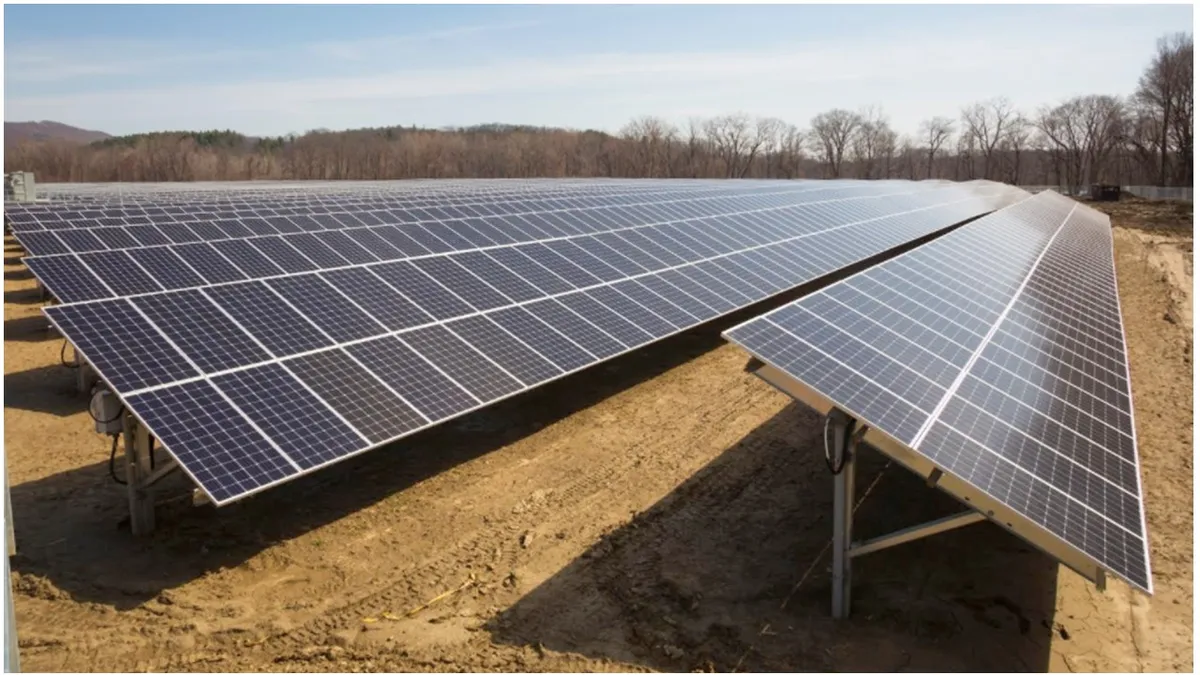Dive Brief:
- The New York State Energy Research and Development Authority (NYSERDA) released new guidance for municipalities developing solar projects on landfills or brownfields, to maximize expansion on underutilized land and the state's efforts to increase renewable generation.
- The leasing instructions and templates in the Municipal Solar Procurement Toolkit reflect a lower threshhold of environmental review for projects on brownfields and landfills due to recent updates from the Department of Environmental Conservation (DEC).
- In June, the DEC adopted a rulemaking package to streamline the State Environmental Quality Review (SEQR) regulations, which does not require contractors to make formal assessments of environmental impacts of solar projects on brownfields. As the first update to SEQR in more than two decades, the changes, including the brownfield component, will take effect January 1, 2019.
Dive Insight:
New York aims to reach 50% renewable energy by 2030, and new streamlined project reviews from the DEC along with NYSERDA's guidelines are expected to supplement existing solar development incentives and boost installations.
Once the SEQR updates are in effect, commercial solar installers or contractors won't need to prepare for a formal assessment of environmental impacts for certain projects, like adding solar to landfills and brownfields.
In June, NYSERDA also unveiled higher incentives for solar projects on landfills and brownfields as part of a set of changes to Democratic Gov. Andrew Cuomo's $1 billion solar incentive program, NY-Sun Megawatt Block. The guidelines unveiled Wednesday will help communities facilitate leases on underutilized land for solar projects.
NYSERDA's kit has templates for towns to issue a Request for Proposal and other guidances on site identification and considerations. In addition, NYSERDA is conducting a high-level study "to identify priority landfill and brownfield sites across the state," a NYSERDA spokesperson told Utility Dive.
The toolkit is an "excellent guide" to bring investments to the state, according to Dan Whitten, vice president of communications for the Solar Energy Industries Association.
"It is always a positive when states and municipalities find creative ways to deploy solar energy so that everyone in the community can access it," Whitten told Utility Dive via email.
Alternative land uses are few and far between for these kind of sites, so putting solar panels on them would be a more productive use of the land without triggering further environmental review — thanks to the DEC's new SEQR update.
According to the toolkit, potential goals for a brownfield/landfill solar project range from bringing revenue to a town by leasing public land, to providing greater access to solar power through a community solar project.















